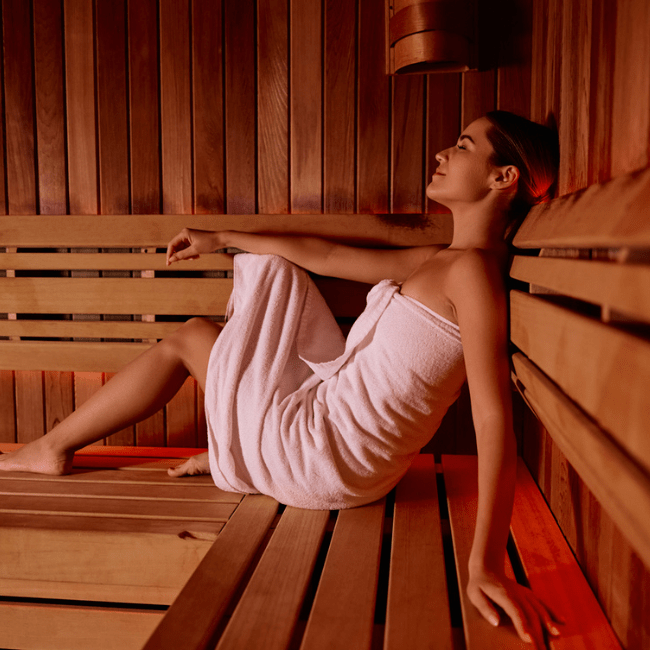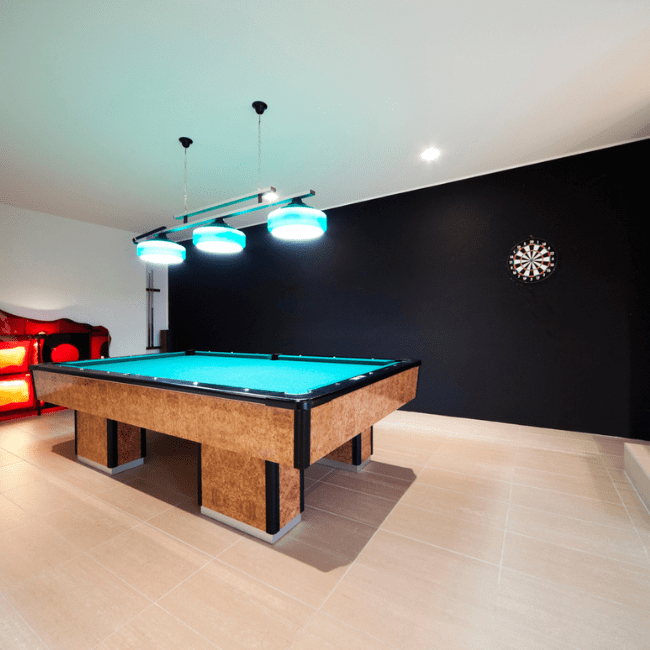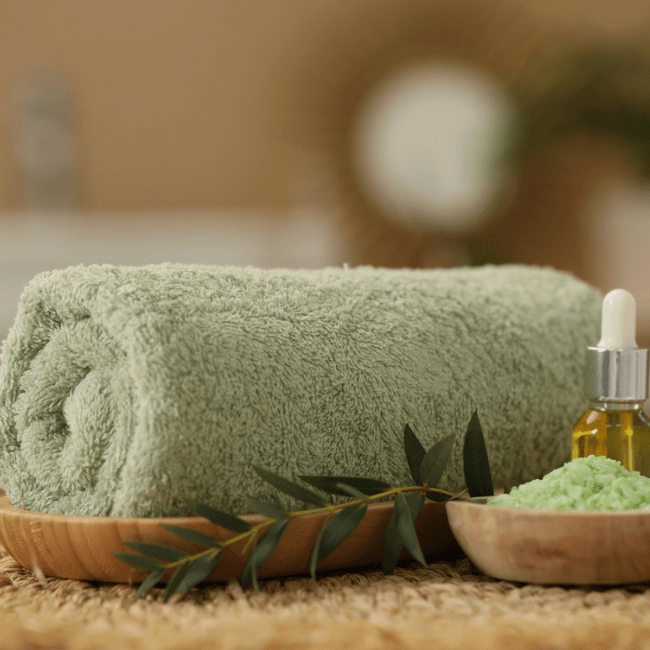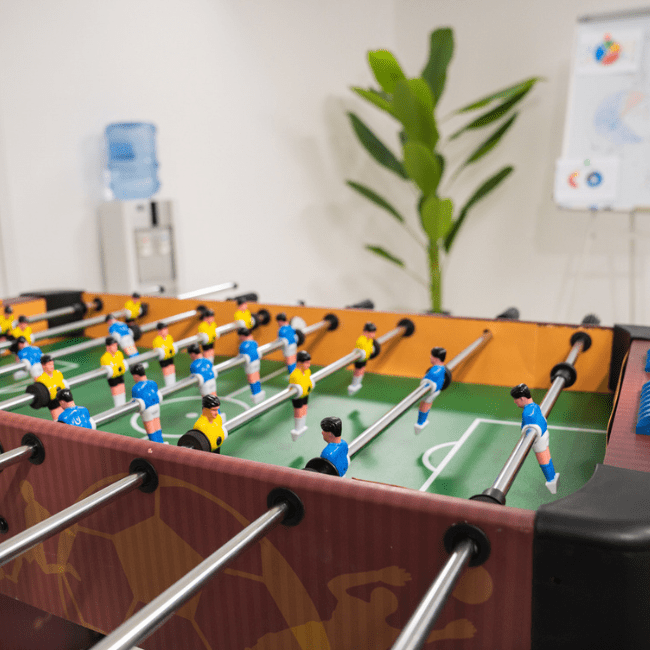In 2025, more people are building wellness routines that go beyond just workouts and clean eating. Contrast therapy is leading the way. It’s the practice of switching between hot and cold environments to support physical recovery, mental clarity and total body resilience. The good news is you don’t need a fancy spa to try it. With a home sauna and cold plunge, you can create a powerful wellness ritual right in your own backyard or garage.
What Is Contrast Therapy?
Contrast therapy works by exposing your body to heat followed by cold. The heat expands blood vessels and increases circulation. The cold contracts those vessels and brings everything back down. This push-and-pull effect is what gives your system a workout from the inside. It’s used by pro athletes, therapists and now everyday people who want more energy, sharper focus and faster recovery from stress or workouts.
Why Contrast Therapy Feels So Good
After a session, your skin tingles, your breathing slows down and your body enters a state of calm alertness. That’s because contrast therapy helps regulate your nervous system. It moves you from “fight or flight” to “rest and digest.” It also improves circulation, lowers inflammation and supports hormone balance. Over time, this routine can build mental toughness and even help with better sleep and mood stability.
Setting Up Contrast Therapy at Home
You don’t need a giant space or luxury budget to make it happen. A compact sauna in your garage, a corner of your home gym or a freestanding model on the patio can work great. Pair it with a cold plunge pool or cold tub with proper temperature control. Most people start hot with 10 to 15 minutes in the sauna, then go straight into 2 to 3 minutes of cold exposure. Some do this just once. Others go back and forth a few times.
What to Look For in Equipment
Choose a sauna with solid insulation, quick heat-up times and adjustable controls so you can fine-tune the temperature to your comfort. For cold plunges, make sure the system can stay consistently cold. Temperature control, energy efficiency and low-maintenance design are key. If you want to upgrade your experience, look for saunas with LED chromotherapy or cold plunges with filtration systems that make the water easy to keep clean.
Keep It Safe and Simple
Start with short sessions and listen to your body. Don’t stay in the sauna longer than 20 minutes at a time. Don’t jump into freezing water if you’ve never done it before. Work your way down in temperature slowly. Pregnant people, those with heart conditions or anyone on medication should always check with a doctor before starting contrast therapy.
Why It’s a Win for Your Daily Life
Adding contrast therapy into your weekly rhythm helps with more than just recovery. It helps you handle stress better, build discipline and bounce back faster after tough days. It’s a reset button that works for both your body and your mind. And when it’s built into your home, it’s easy to stay consistent.
Ready to Design Your Own Contrast Zone?
At Elko Spas, Billiards and Pools, we help homeowners design recovery spaces that fit their lifestyle. Whether you want a sleek indoor sauna or a cold plunge that works all year in the Carolina heat, we’ll guide you through the options. Let’s build something that keeps your body strong and your mind clear.
FAQs
1. Is contrast therapy actually good for you?
Yes, contrast therapy can be great for you when done correctly. Alternating between hot and cold helps your blood vessels expand and contract, which boosts circulation and helps flush out toxins. It can reduce muscle soreness, speed up recovery and support a healthy immune response. Mentally, it helps you feel more focused and calm. Many people say it’s their favorite way to reset after a stressful day or hard workout. Just make sure to follow safety tips and ease into it if you’re new to it.
2. How often should I do contrast therapy at home?
Most people find that doing contrast therapy two or three times a week is enough to feel a difference. If you’re using it for recovery or mental clarity, that schedule works well. Some people do shorter sessions daily, while others stick to once-a-week routines. It really depends on your goals, fitness level and how your body responds. Always listen to how you feel and keep things safe and manageable. Starting slow is key if you’re just getting into thermal therapy.
3. What’s the best order for sauna and cold plunge?
Start with heat, then go cold. Begin with 10 to 15 minutes in the sauna to warm your body and get your blood flowing. Then switch to the cold plunge for 2 to 3 minutes to tighten your circulation and cool you down. Some people like to repeat the cycle once or twice, but one round still gives great results. Always end on cold so your body feels refreshed. The contrast between hot and cold is what makes it so powerful.




